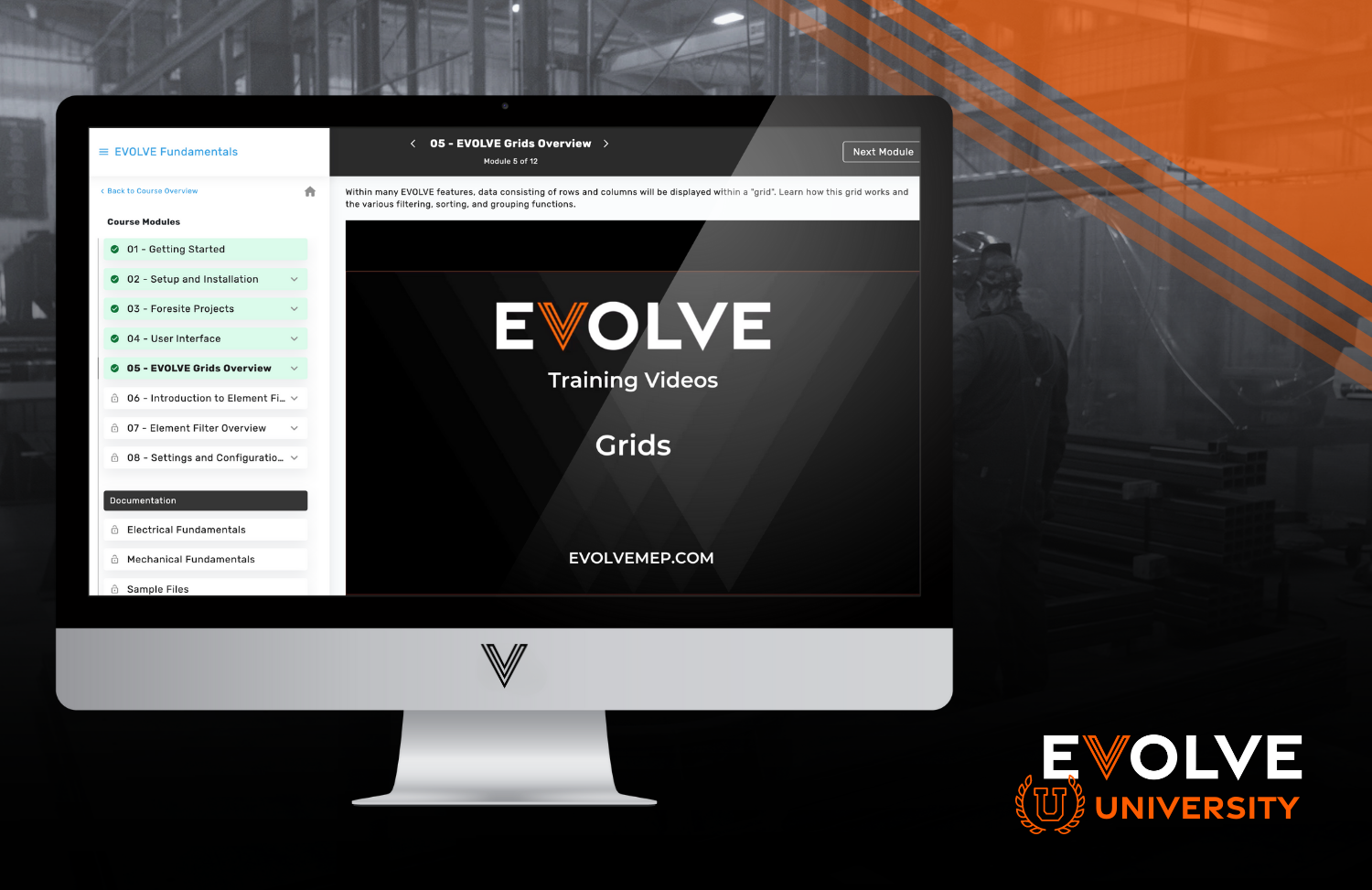The Importance of Work-Life Balance Within The Construction Industry
Written By Blog Author
Related Articles
EVOLVE Mechanical and EVOLVE Electrical 7.4 Introduces New Features to Elevate BIM Efficiency for MEP Projects
EVOLVE, the cutting-edge BIM software designed to seamlessly integrate with Autodesk Revit, is announcing the launch of EVOLVE Mechanical and EVOLVE Electrical Version 7.4.





